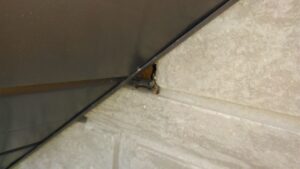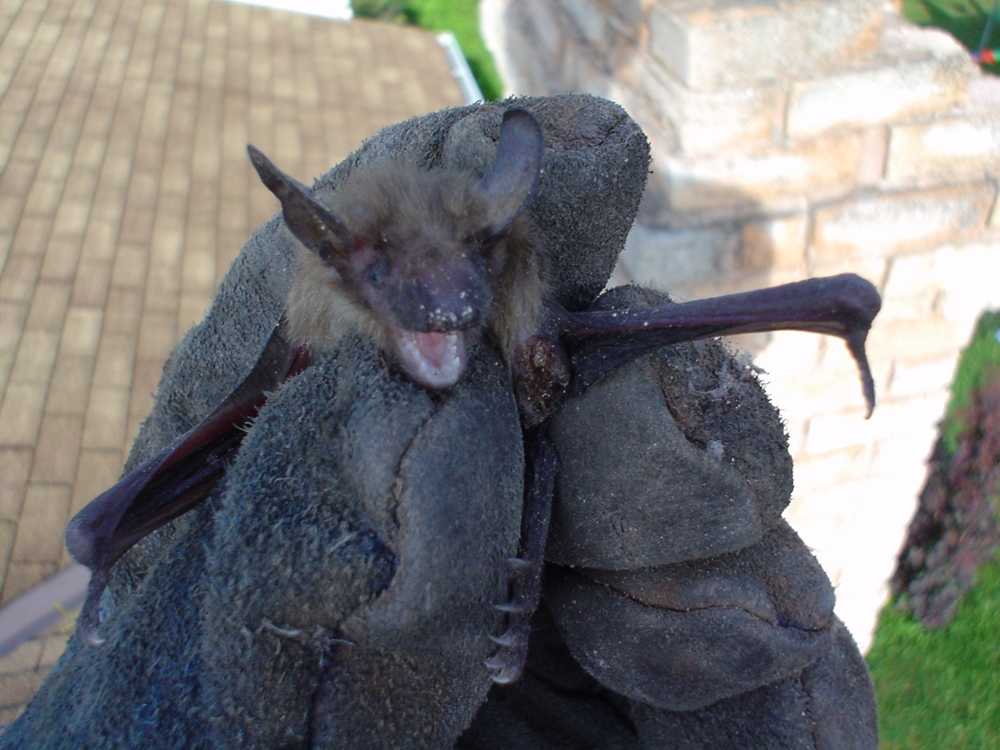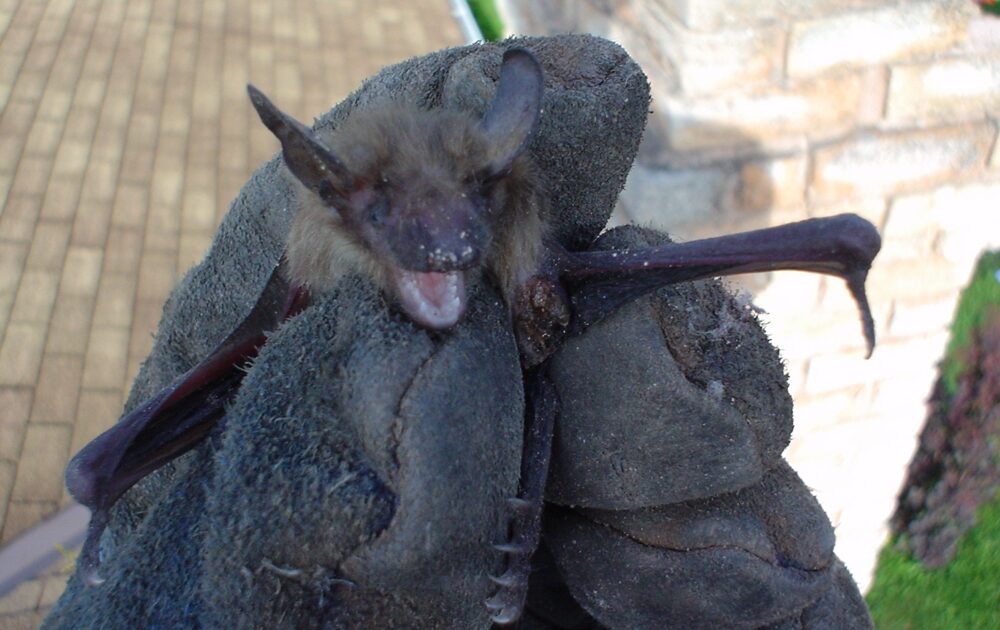Experiencing odd sounds or odors in your home? Bats in North America typically eat mosquitoes and other insects, so they do make a great neighbor. Unfortunately, these winged mammals also make poor roommates. Find out how our Milwaukee wildlife control services can assist you in identifying and removing bats safely and humanely.
Signs of a Bat in Your Home
You’ll typically smell bats before you see or hear them. These shy guests can leave behind up to 20 guano pellets every day. This waste not only presents a strong, unpleasant odor but also quickly rots wood, corrodes drywall, and encourages mold growth. It’s important not just to remove bats but also to properly clean and disinfect your attic space. Hire a professional team to safely remove guano without affecting your health or continuing to compromise your home.
You may also hear telltale sounds of a bat colony in your attic. A single bat tends to stay relatively quiet, but a number of bats together will start to squeak. Squeaking sounds are typically signs of a large colony and a new litter of bat pups.

Bat Removal Tips
The most important removal tip is to pick up the phone and call an expert. At Skedaddle Humane Wildlife Control, we believe in humane bat removal strategies that restore your home and keep your household healthy without harming wildlife in your area.
First, we carefully inspect your home for signs of a bat colony. We tailor our removal techniques to your individual space and situation, but here are the steps we take to keep you safe:
- Assess and remove bats
- Clear and clean your home
- Prevent and protect against a future wildlife issue
Bats can fit through an entry point as small as a dime, so it’s important to work with a professional to carefully inspect your attic area for potential entrances. We also assess the current situation to determine whether you already have bats in your home.
Next, we use our expert tools and techniques to humanely remove bats. Avoid handling bats on your own to prevent the risk of bites, rabies, or harm to wildlife. These wild animals aren’t naturally aggressive but can become defensive, so never attempt to remove a bat on your own. Finally, our wildlife removal experts prevent a further bat infestation by sealing up your attic. We thoroughly clean your home to remove traces of bat guano and damage caused by these wild animals.
Non-Exclusion Season
While we’re ready to answer your call any time of year, there are seasons when it isn’t humane to remove bats from your home. The bat non-exclusion season lasts from June until the middle of August. This is the period when bat pups are born and unable to survive on their own.
Adult bats typically leave their home and search for food for their babies. A common removal strategy is to install a one-way door leaving your attic space. During their first few months of life, this would cause bat pups to be trapped in your attic without an adult to care for them. Exclusion at this stage causes the bat pups to starve, so we follow a non-exclusion season to ensure safe and humane removal of bats either before they have their litter of pups or after the pups are old enough to fly on their own.
Work With Skedaddle
For more information about bat removal, non-exclusion season or to schedule an inspection at your property, contact us today at Skedaddle Humane Wildlife Control. Work with leading experts in your area to identify and humanely remove wildlife and restore your safety and comfort. Enjoy the presence of bats in your neighborhood to reduce the insect population without them setting up a home in your attic.




